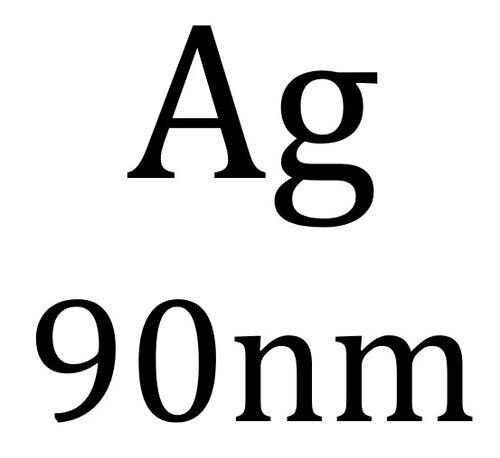Silver Nanoparticles: Synthesis, Structure, Properties & Applications
Business, academia, and healthcare are all severely affected by silver nanoparticles. These tiny particles, which tend to be only a few nanometers in size, possess several strong characteristics that make them ideal for an array of applications. They have an extensive variety of uses, from developing gadgets to fighting microbes.
How Are Silver Nanoparticles Made?
The term “synthesis” refers to a process used to produce Silver Nano particles. It can be achieved in various ways. A popular method is biological reduction, which produces nanoparticles through the combination of silver salts with reducing agents. Another approach is ecological synthesis, which replaces organic components or botanical extracts for toxic substances. As this sustainable approach is more secure, it is growing ever more popular.
Additionally, there also exists physical synthesis that employs gadgets like laser beams or grinding machines to break down silver into nanoparticles. Furthermore, microorganisms like fungi or bacteria help in the laboratory manufacturing of silver nanoparticles in biological synthesis.
How Do They Appear?
There are several types and sizes of silver nanoparticles, like wires and triangles. The way they act is determined by their physical form. For example, rod-shaped fragments might possess superior antibacterial effects, but round particles tend to be more secure. These tiny particles can be more reactive and efficient in several tasks due to their tiny size, thereby expanding the surface area compared to regular silver.
What Makes Them Unique?
The physical characteristics of silver nanoparticles are quite amazing. They are helpful in healthcare products and wound treatment as they are extremely effective at removing harmful microbes like fungi and bacteria. They’re particularly helpful in electronics as they also serve as excellent conductors of electricity. In addition, their capacity to absorb light and alter color depending on dimensions makes them useful for imaging instruments and detectors.
Where Do They Utilized?
Silver nanoparticles are now found across numerous locations. They are often present in everyday goods like food containers, air conditioners, and footwear that do not smell. They are also creating an uproar in the electronics sector. Adjustable monitors and electronic components depend on silver nanoparticles because they conduct electricity. They’re even being researched for their potential application in water purification and treating cancer.
Conclusion
Silver nanoparticles, despite their small size, have a significant impact. We expect to find even more creative and revolutionary uses for these outstanding fragments as studies advance.
